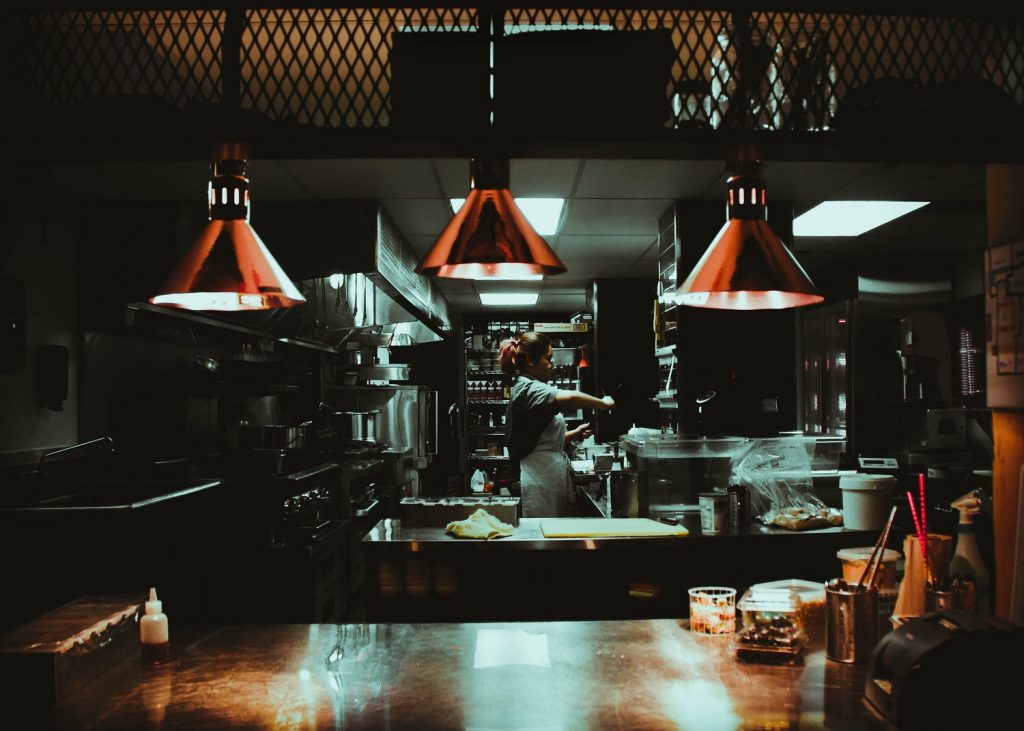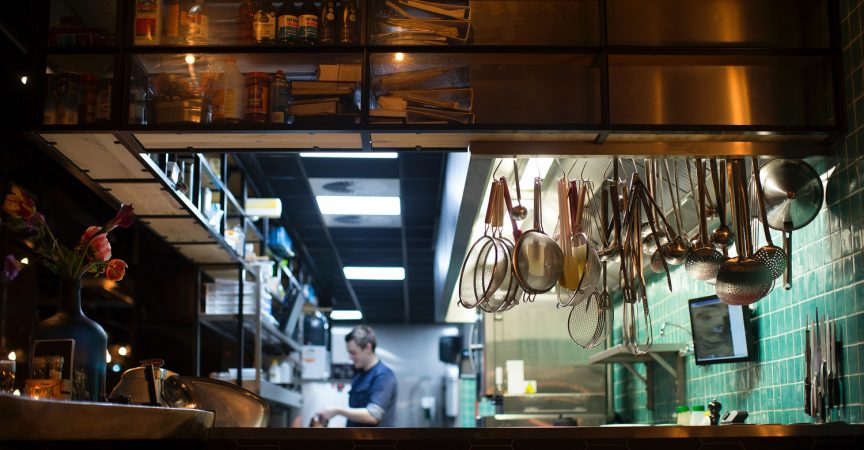Saving Energy Adds to Both your Sustainability Efforts and your Bottom Line
Commercial kitchens use 2.5 times more energy than other commercial spaces (ENERGY STAR). However, according to Candice Tricky, of IESO, energy is our single largest controllable cost. To help the foodservice sector understand why saving energy is so imperative to not just the environment, but also your bottom line, Restaurants Canada partnered with Save on Energy and ENERGY STAR to launch the Foodservice Energy Challenge
Three operators from across Ontario: York University, Jack Astor’s, and Manitoulin Hotel & Conference Centre, participated in the year-long challenge to reduce energy and save money. The goal of the Challenge was to help participants to adopt changes that could add up to big savings. Participants learned to navigate incentives and rebates while upgrading to new, high-efficiency equipment with help from partners like Enbridge, LEAF, Russell Hendrix, NewSpring Energy, and SilverChef.
At the end of the year, all results were concluded in the Foodservice Energy Challenge Case Study. In addition to the tangible results, participants provided their top tips and insights from the challenge—all in the case study as well. In addition, these findings were presented at the Save On Energy Foodservice Forum during RC Show 2020.
Here are some of the top takeaways from the Challenge, case study, and forum. Download the full case study here.
1. Saving energy means saving money
With five per cent profit margin, says Stephen Dixon, president of Knowenergy, saving one KWh of energy is the equivalent of serving an extra $20,000 worth of meals. Vicki Gagnon, business advisor, public sector, IESO, urged attendees to take advantage of the many programs for retrofits, small business lighting and energy management, as well as the training and support the IESO offers. Visit IESO.ca for more details.
2. Establish a baseline
Each Foodservice Energy Challenge Champion received an energy audit which combed through consumption data to make recommendations for energy conservation measures. The Champions all agreed the audit clarified things in terms of usage, behaviour and priorities. If a full audit isn’t in your budget, try enbridgebusiness.myenergyxpert.com for an online alternative.
3. You don’t have to tackle everything at once
A planned future renovation at York
University’s Stong dining hall meant selecting only long-lasting measures like
Demand Control Kitchen Ventilation, a Rational oven and new LED bulbs.

4. Start small
Some of the top tips for low- or no-cost energy savings tactics aren’t major repairs or installments. Consider installing and repairing weather stripping, regularly cleaning the coils on all refrigeration units and shutting it off (TVs, lights, etc.) when not in use. Visit knowenergy.com for additional info.
5. Changes can have unexpected benefits
Corey Stacinski, general manager, Manitoulin Hotel & Conference Centre, replaced all lightbulbs with LEDs. Not only do they use less power, but they are also so much brighter he can shut off an entire bank of lights when dimness is needed, saving even more. Plus, there are noticeably fewer slips, trips and falls in the brighter kitchen.
6. Get staff involved
Chef Yaroslav Strohyj, Aramark (operator, York University), said his staff used the new warning system like a game, challenging each other to turn lights off and close doors. He also emphasized the importance of example. “You have to model the behaviour you want to see.”
7. Talk to your municipality
The City of Toronto has several rebate and support programs, including low interest loans for energy retrofit projects, help navigating measures to reduce greenhouse gas emissions and no cost consultations for renewable energy
initiatives. Head over to
toronto.ca/services-payments/water-environment/environmentally-friendly-city-initiatives/transformto/
for more details.

8. Energy efficiency programs work
The DCKV program offered by Enbridge has saved the average restaurant $12,000 on gas bills. Chris Chetley, Advisor, program design, Enbridge Gas, also shared a new Distributor Discount program, in which rebates for specific ENERGY STAR equipment can be delivered by the retailer/distributor. No paperwork, no waiting. Learn more here.
9. Help is available
Laura Hawkings, board president, LEAF (Leadership in Environmentally Accountable Foodservice), introduced their new online Sustainable Foodservice Program (SFP) which will give individuals the chance to learn future-proof sustainability principles and practices. This multi-level certification will spread awareness and action through the sector.
10. It’s best to start now
For both the planet and the bottom line, it’s best to start as soon as possible. Stacinski says, “As an industry, we need to be part of the conversation. Learn and plan now. People know a lot and can help. The cost of doing nothing is very expensive.”









